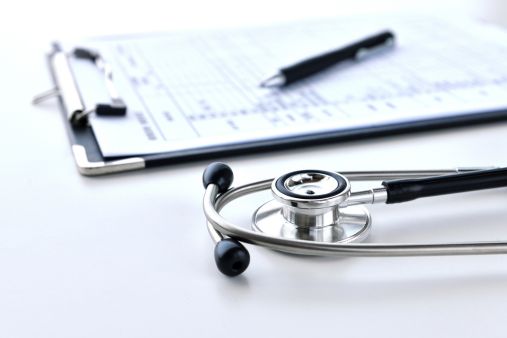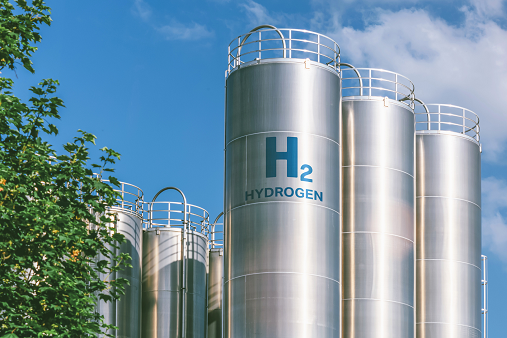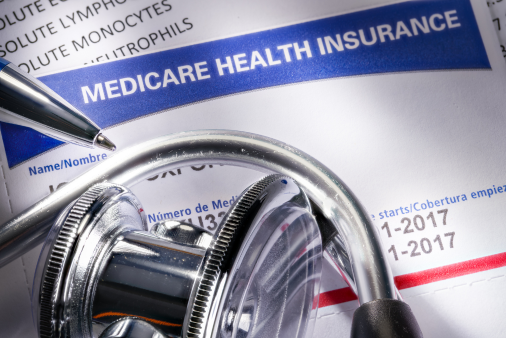Michigan's amendments to Part 121 of the Natural Resources and Environmental Protection Act become effective on March 16, ninety days after they were signed into law by Governor Snyder on Dec. 16, 2015. The statutory amendments were developed through a stakeholder process and are designed to provide more flexibility in order to increase recycling and decrease costs for generators of liquid industrial by-products, which include materials like used oil, leachate and industrial wastewaters.
There are many familiar terms and requirements you will no longer find in the revised statutory language. Most noticeably, the word “waste” has been replaced by “by-product” to assist with removing any barriers the word “waste” may imply and allow more flexible disposition of these materials. For determining what is a “liquid industrial by-product” (“LIB” or “by-product”), the revised definition has removed the enumerated list of example materials and instead relies solely on language that says the material must be determined to be a liquid by the paint filter test and be discarded from non-residential origins.
Also noticeable by its absence is the requirement for LIB shipments to be tracked using the Uniform Hazardous Waste Manifest. The statutory changes preserve the process that shipments of discarded liquid materials must be tracked - from generator to transporter to designated facility and back again - but gives the generators flexibility in how they best want to execute that tracking. While not in the statute itself, the use of the liquid industrial waste codes is also no longer required. The by-products still need to be described, and generators can, but are no longer required to, use the standard “L” codes.
For some generators, particularly those that generate hazardous or other special wastes, the new flexibility in shipping documentation may not have any benefit and they may elect to continue to use the Uniform Hazardous Waste Manifest. Others, such as those that only generate LIB, e.g., used oil that they send to a recycler, may welcome the option to use some alternate shipping documentation, avoiding the potential confusion and extra training of using a manifest that was not designed for their purposes.
Generators are required to characterize the LIB they are shipping and develop a shipping document for each shipment. The shipping document can be in whatever form the generator wants, including electronic format so long as it is readily accessible. The generator or its authorized representative must certify at the time of offering for shipment that the byproduct is fully and accurately described on the shipping document and that the material is in proper condition for transport. The generator must provide a copy of the shipping document to the transporter. The generator must also receive confirmation from the designated facility that its liquid byproduct did indeed arrive at its destination. Before this receipt or acknowledgement used to be by a return carbon copy of the manifest, but now this can take any number of documentable forms including telephone log or other such informal means. If a generator only generates by-products, it does not need a Site ID number provided by the Environmental Protection Agency or the Michigan Department of Environmental Quality (MDEQ).
Most of the requirements for transporters remain unchanged; however, the reference to the use of the Uniform Hazardous Waste Manifest has been updated to reference the generic shipping document. The amended Part 121 statute, though, now allows a vehicle to carry electronic copies of its registration and permit as long as such are readily accessible.
Designated facilities for receipt of LIB under the amended statute are still defined as a “treatment facility, storage facility, disposal facility, or reclamation facility” that receives liquid industrial by-product from off-site. The designated facility still needs a Site ID number. A designated facility can only accept delivery of a byproduct shipment if it is the facility listed as the destination on the shipping document from the generator. The designated facility must provide the generator or the generator’s authorized representative confirmation of receipt of the by-product. Again, this confirmation can be in any number of forms, just as long as it is documented.
One of the most significant changes for designated facilities is that they now must also maintain a plan designed to respond to and minimize hazards to human health and the environment from unplanned releases of byproducts to air, soil and surface water. Similarly, they must document training of their employees in the proper handling and emergency procedures appropriate for their job duties. Designated facilities also now have a new reporting obligation: by April 10 of each year they must report the types and quantities of liquid industrial byproducts accepted and a description of the manner in which the byproducts were processed or managed for the previous calendar year. This reporting requirement does not apply to designated facilities that are owned and operated by the same entity that is the generator.
Though MDEQ will no longer regularly be getting copies of manifests for shipments of these materials, generators, transporters and designated facilities must keep copies of records for three years. These records can be in electronic format as long as they are readily accessible, such as for inspection upon request by the MDEQ. Moreover, MDEQ’s enforcement authority has been clarified to include civil actions as well as criminal.
As generators of liquid industrial byproducts work to implement these Part 121 changes to take advantage of the flexibility now allowed, they also need to make sure they are still meeting all the requirements, which were previously facilitated by having standardization. For generators, there are any number of ways an appropriate shipping document can be developed and it needs to be specific to the byproduct and circumstances of the transport. For transporters, they will need to be careful and follow all the different documents they will be provided by generators. Finally, for designated facilities, they need to make sure and execute their response plans and training, and keep up to date on how MDEQ will implement the reporting requirements in April 2017.
For more information regarding this order or the associated appeals addressing EPA’s attempts to regulate states’ management of the energy sector, contact the Barnes & Thornburg attorney with whom you work, or Tammy Helminski at 616-742-3926 or tammy.helminski@btlaw.com; Joel Bowers at 574-237-1287 or joel.bowers@btlaw.com; Charles Denton at 616-742-3974 or charles.denton@btlaw.com; Michael Elam at 312-214-5630 or michael.elam@btlaw.com; or Mike Scanlon at 317-231-7387 or michael.scanlon@btlaw.com.
You can also visit us online at www.btlaw.com/environmental.
© 2016 Barnes & Thornburg LLP. All Rights Reserved. This page, and all information on it, is proprietary and the property of Barnes & Thornburg LLP. It may not be reproduced, in any form, without the express written consent of Barnes & Thornburg LLP.
This Barnes & Thornburg LLP publication should not be construed as legal advice or legal opinion on any specific facts or circumstances. The contents are intended for general informational purposes only, and you are urged to consult your own lawyer on any specific legal questions you may have concerning your situation.
Visit us online at www.btlaw.com and follow us on Twitter @BTLawNews.
















